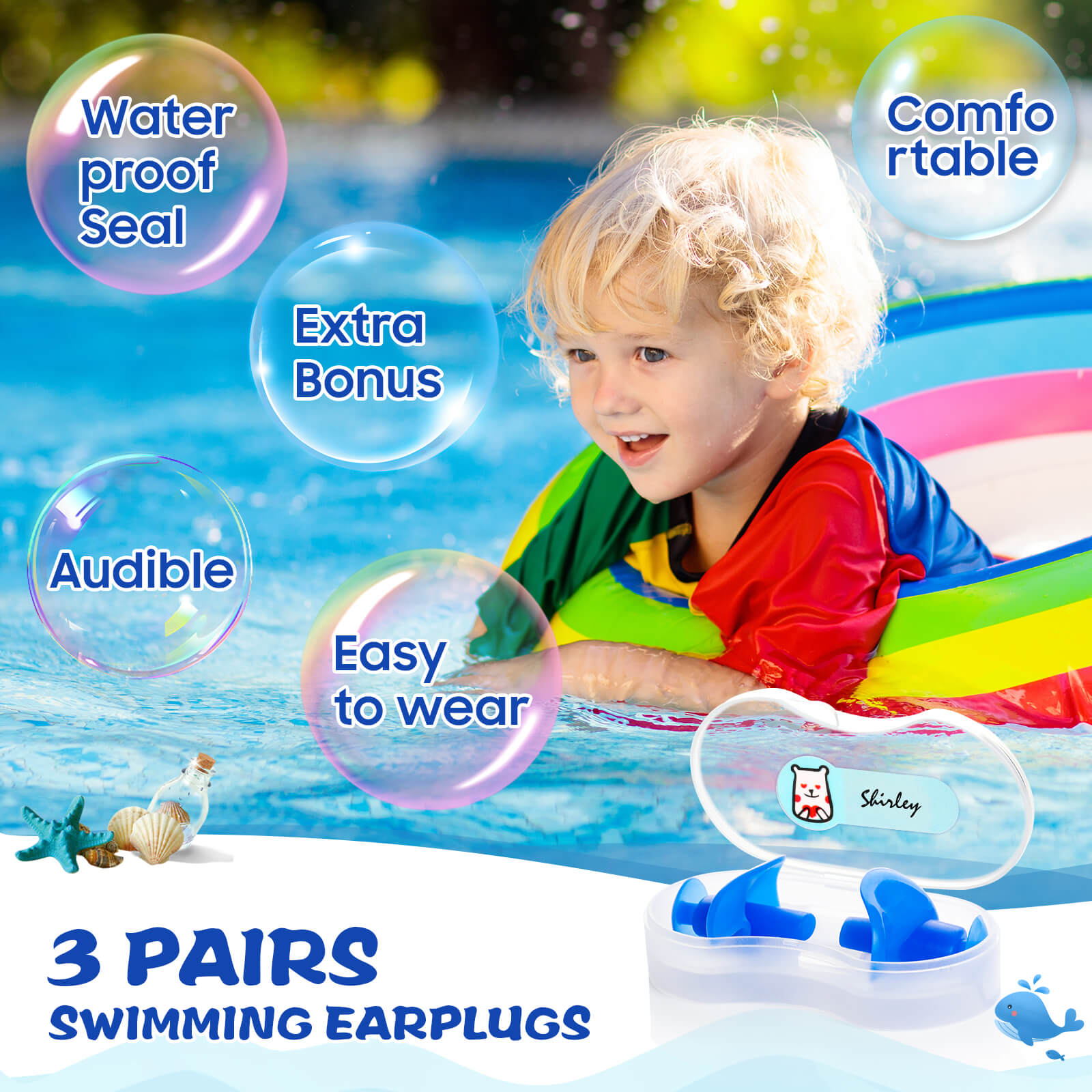When it comes to the well-being of our children, it is essential to prioritize their ear health. Teaching children about ear health and the importance of using earplugs can help prevent hearing damage and promote overall well-being. In this article, we will explore some valuable tips and tricks to effectively educate children about ear health and the proper use of earplugs.

1. Start with the Basics
Introducing children to the concept of ear health can be done through simple and engaging activities. For instance, you can use visual aids such as diagrams or videos to explain the structure and function of the ear. By making it interactive, children are more likely to retain the information and develop an interest in their ear health.
Additionally, it is crucial to teach children about the different sounds they encounter in their daily lives. Explain to them the difference between safe and harmful sounds, and how prolonged exposure to loud noises can damage their hearing. Encourage them to identify and avoid noisy situations whenever possible.
2. Demonstrate Proper Earplug Usage
One effective way to teach children about earplugs is by demonstrating their proper usage. Show them how to insert and remove earplugs correctly, ensuring a snug fit without causing discomfort. Emphasize the importance of cleanliness and hygiene when handling earplugs, as this will help prevent infections.
Make the learning process fun by using props or toys that resemble earplugs. This hands-on approach will not only make the experience enjoyable but also help children understand the purpose and benefits of using earplugs in various situations.
3. Encourage Open Communication
Creating an environment where children feel comfortable discussing their ear health concerns is crucial. Encourage open communication by actively listening to their questions and addressing any misconceptions they may have. This will help build trust and ensure that children are more likely to seek guidance when it comes to using earplugs or dealing with ear-related issues.
Furthermore, involve children in decision-making processes related to their ear health. For example, let them choose their own earplugs from a selection of child-friendly options. This sense of ownership will empower them and increase their willingness to use earplugs consistently.
4. Make Ear Health Education Engaging
Learning about ear health and earplugs does not have to be dull. Incorporate games, quizzes, or interactive activities into the educational process. For instance, you can create a "Guess the Sound" game where children have to identify different sounds and determine whether they are safe or harmful.
Additionally, consider organizing field trips to places where children can learn more about sound and its impact on the environment. This could include visits to museums, science centers, or even a local concert hall. By providing real-life experiences, children will develop a deeper understanding of the importance of protecting their hearing.
Teaching children about ear health and the proper use of earplugs is a vital aspect of their overall well-being. By starting with the basics, demonstrating proper usage, encouraging open communication, and making the learning process engaging, we can equip children with the knowledge and skills to protect their ears for a lifetime.














